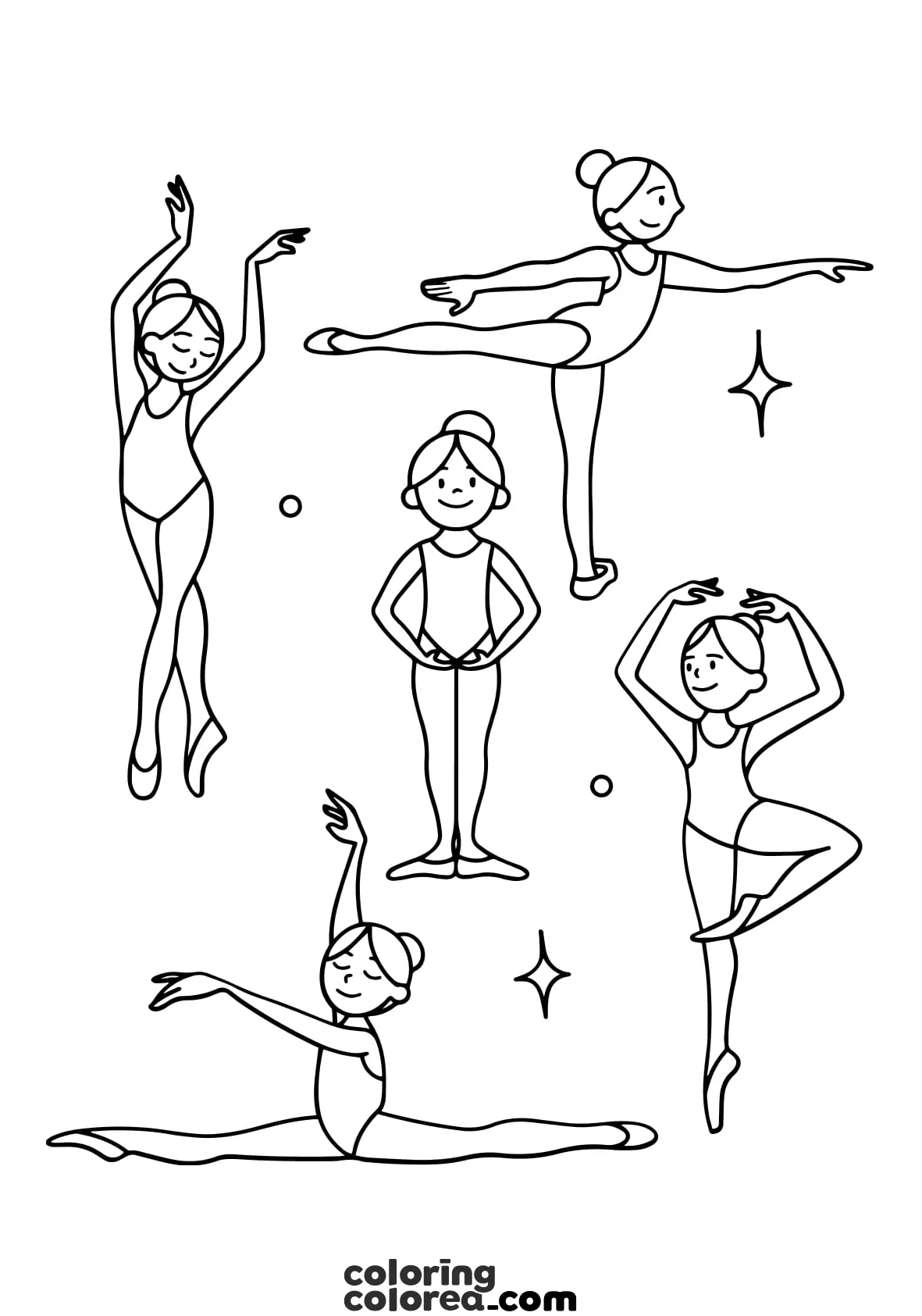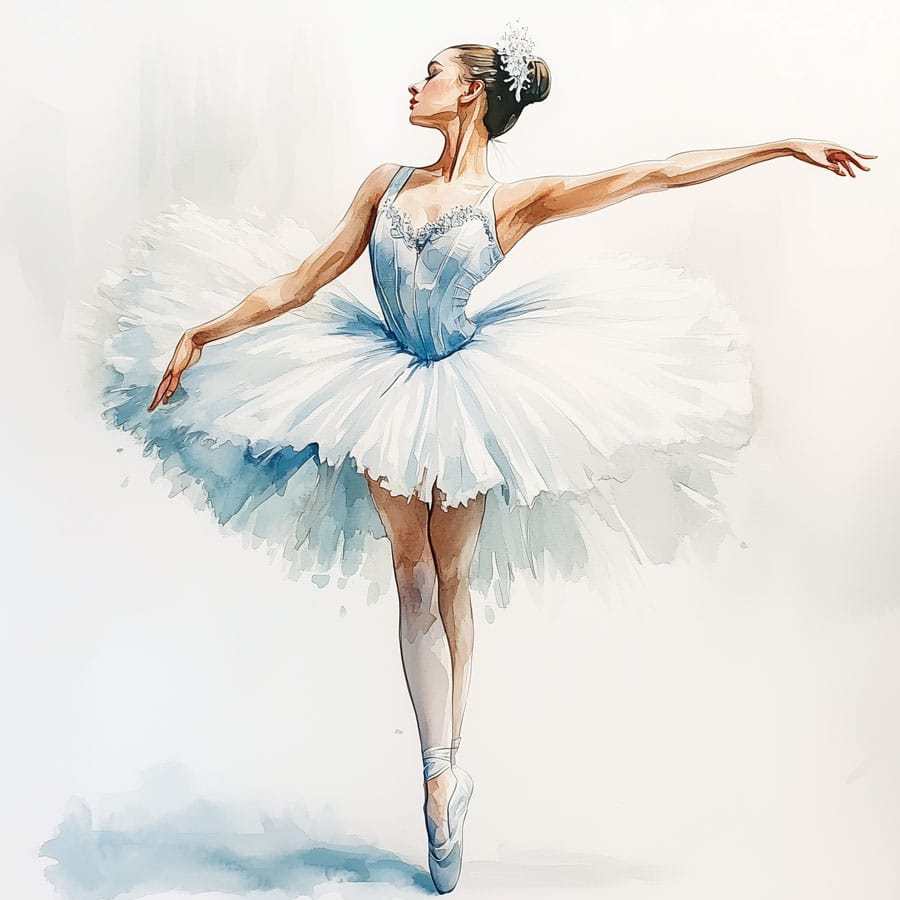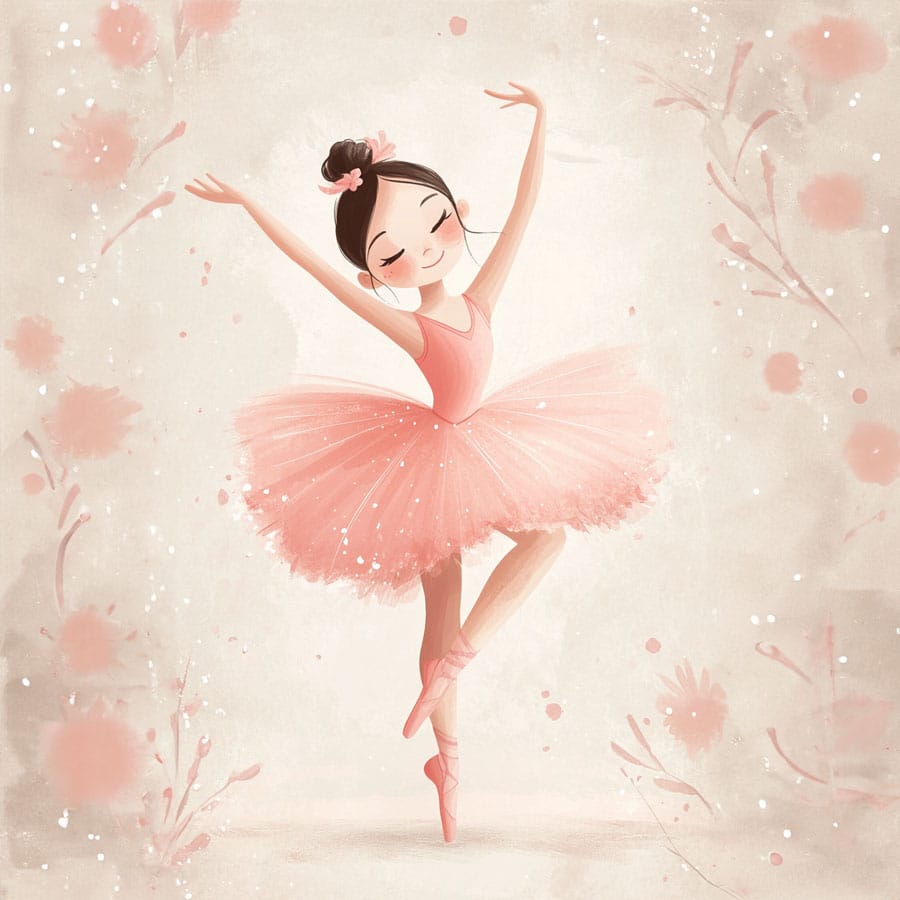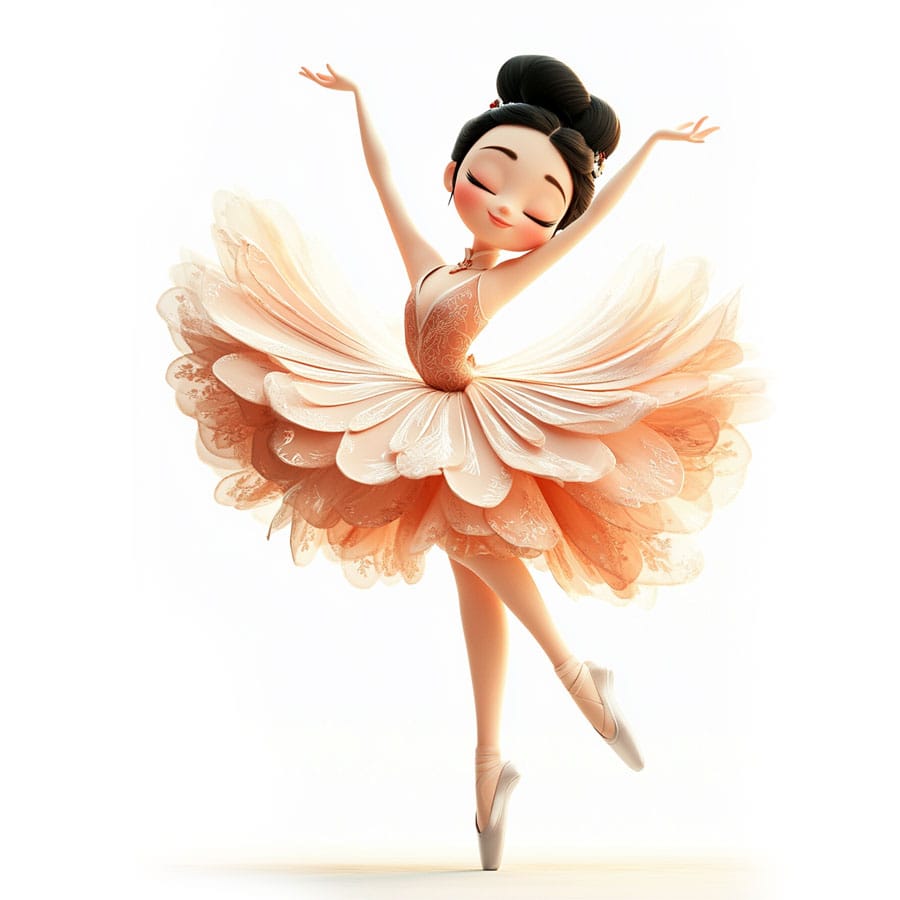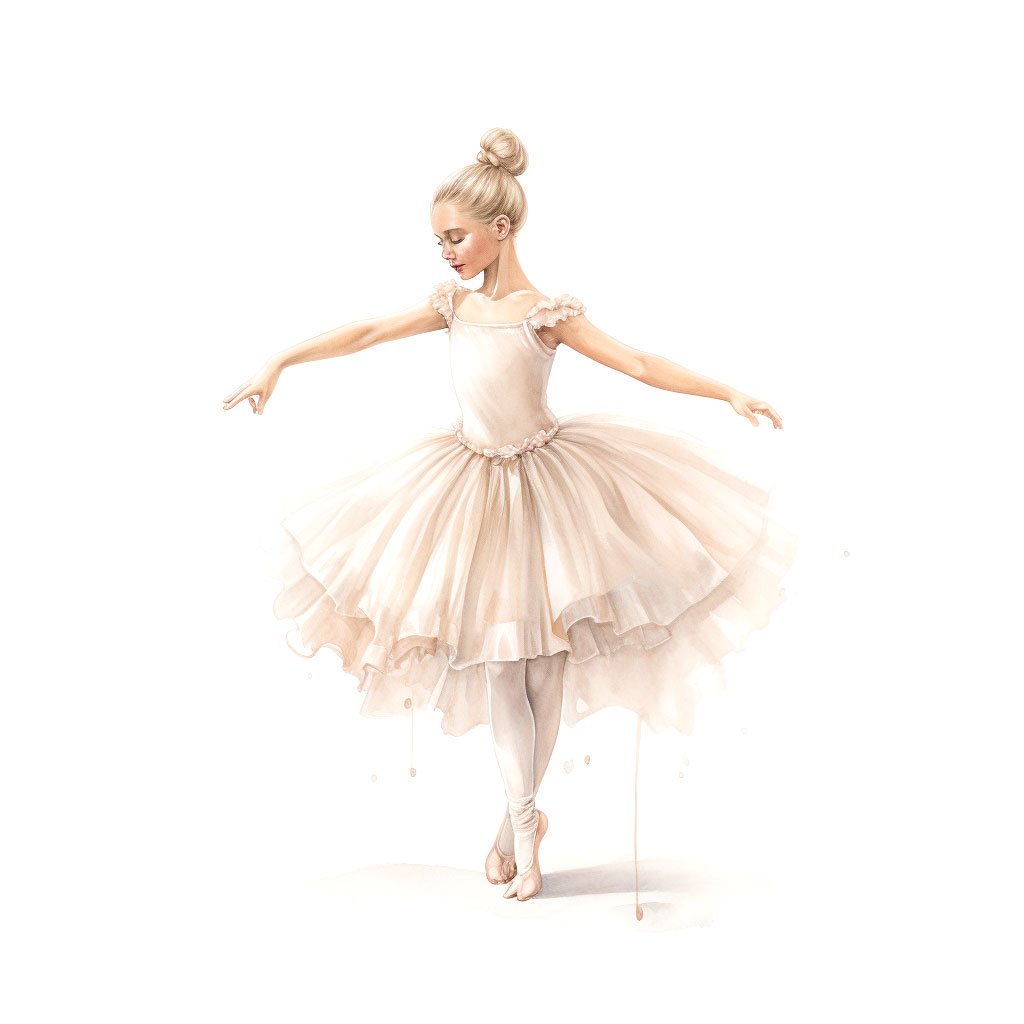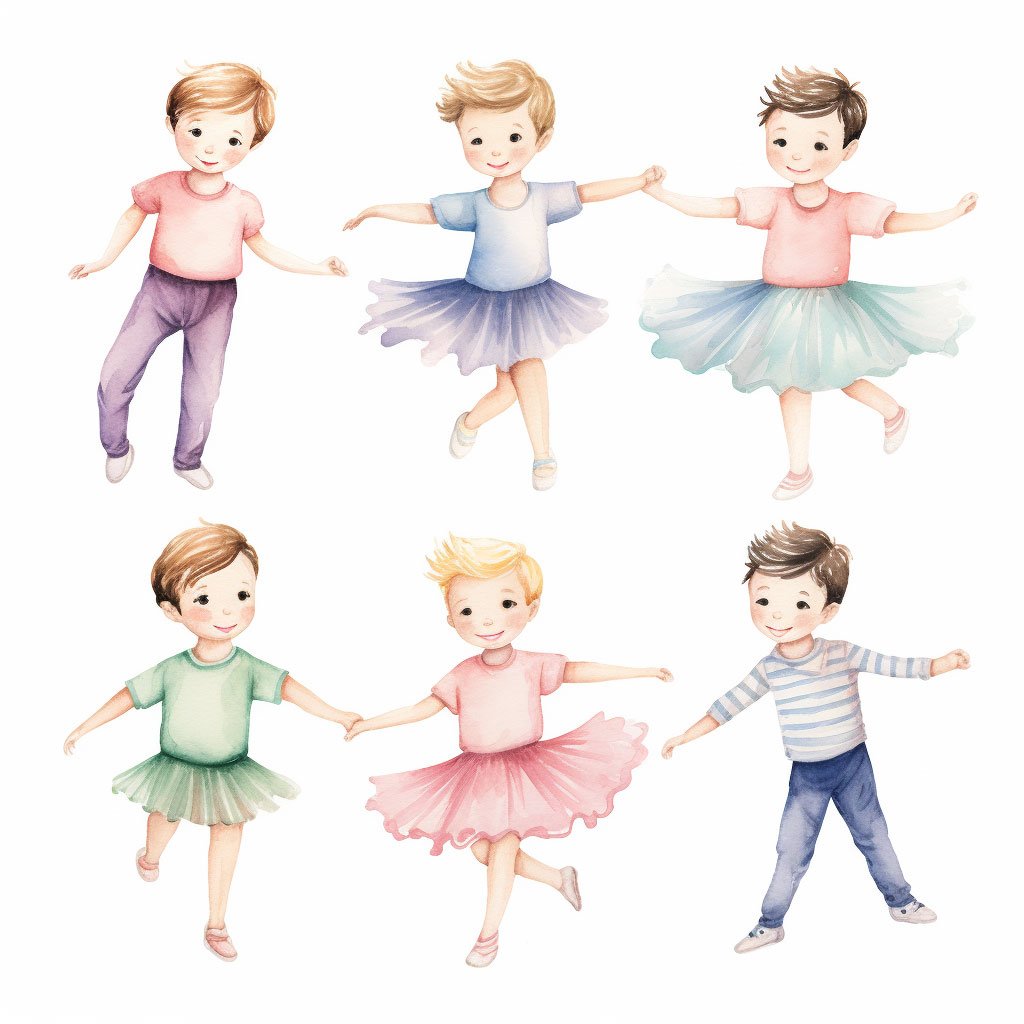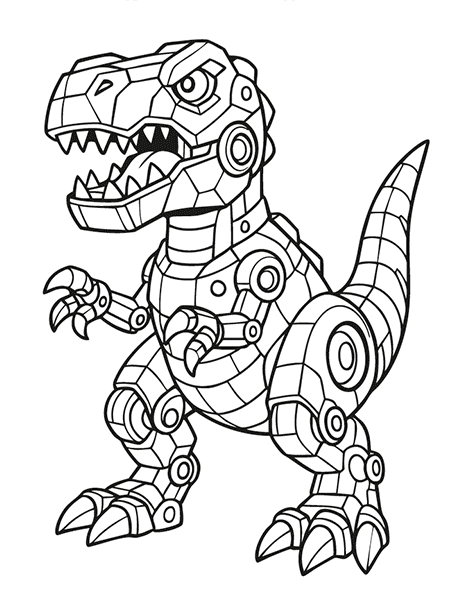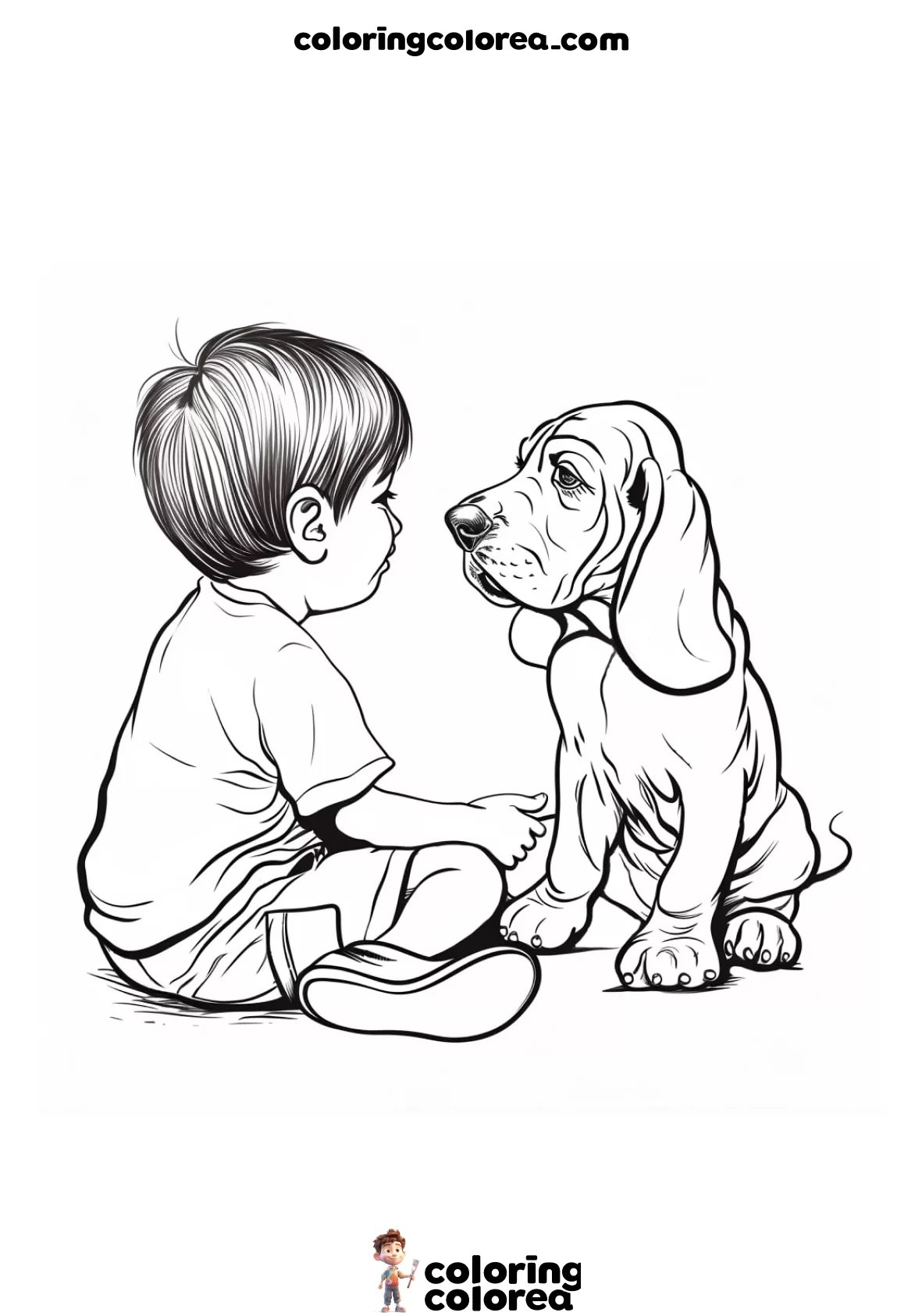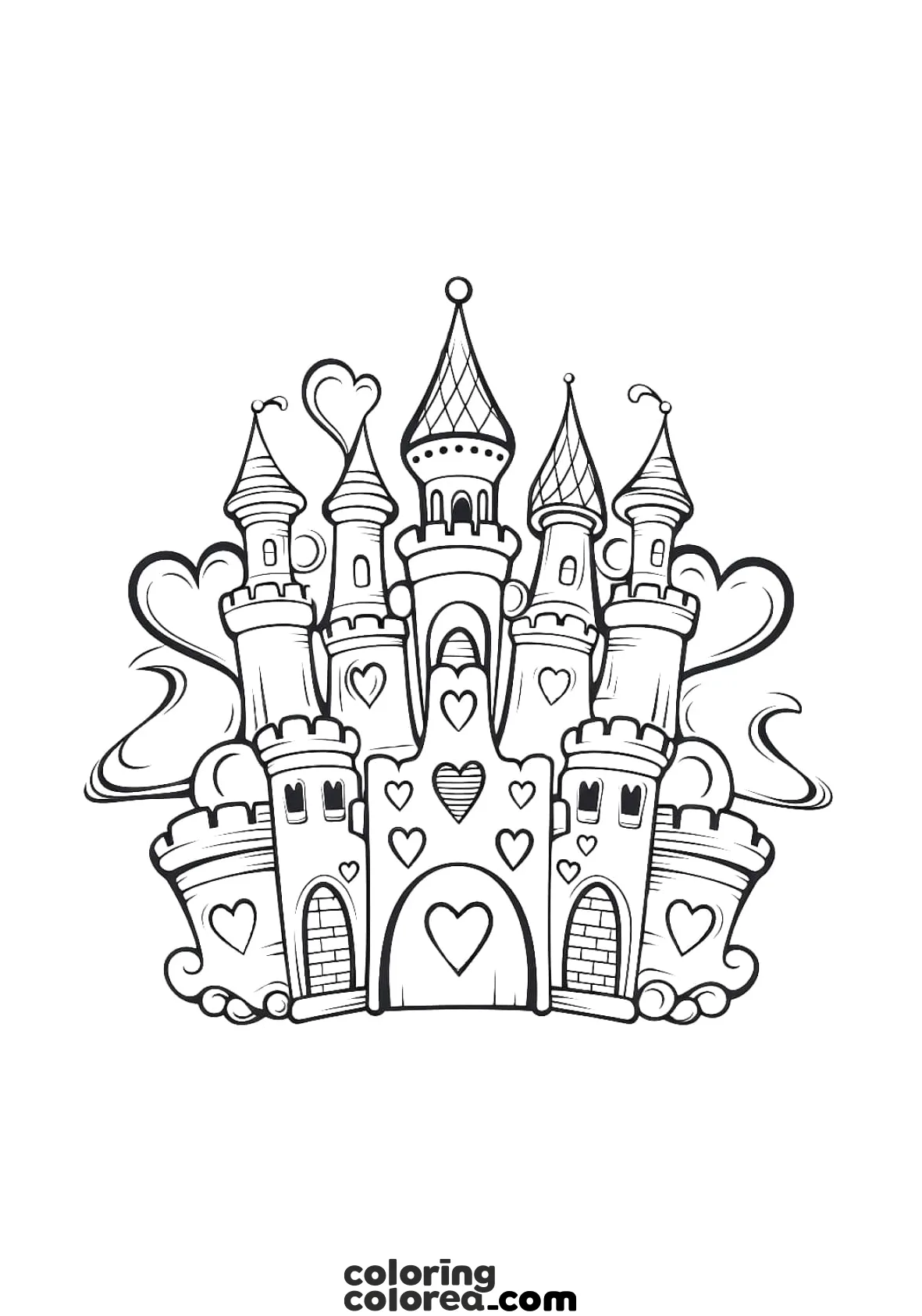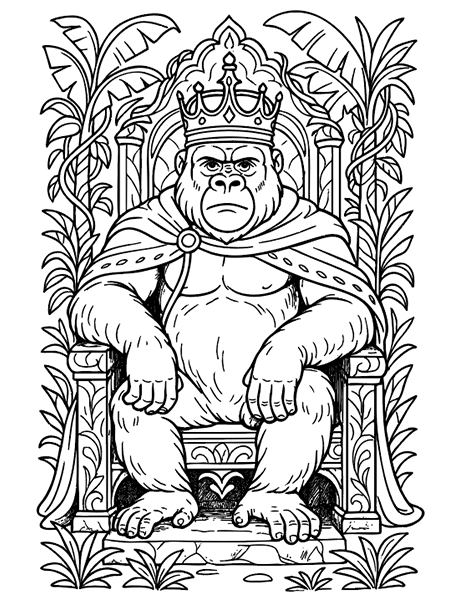Ideas and techniques for colouring Ballet Dancers
1. Ballet Costumes:
•Ballet costumes often come in pastel tones, such as pink, lavender, light blue, or white. However, you can play with vibrant colors like red or purple for a unique touch.
•Use colored pencils to add texture details on the tulle and satin of the costumes. For sparkle, use a white pencil or a silver gel pen.
2. Shadows and Highlights:
•Add shadows in the folds of the costumes and on the dancers’ limbs to give them a three-dimensional effect. Use a light gray or soft brown pencil for shading.
•For highlights, use a white gel pen or glitter on areas like the costumes or the floor, simulating stage lights.
3. Textures:
•Create textures on the dancers’ skirts with small strokes, simulating the layers of tulle.
•On the ballet shoes, use a darker pencil to mark the wrinkles and shadows of the satin material.
4. Background and Stage:
•Imagine the dancers on a famous theatre stage. Use watercolors or colored pencils to create a soft background with dim lights or theatrical decorations.
•Add details like red curtains or a wooden floor to set the scene.
5. Complementary Materials:
•Colored pencils: Perfect for fine details and soft shadows.
•Markers: Use them to add vibrant colors and outline the figures.
•Watercolors: Ideal for creating soft backgrounds and effects on stage.
•Glitter or metallic gels: Add sparkling details on the costumes and stage lights.
Description of the Poses
- Arabesque (Top Left): One of the most classical ballet poses, where one leg extends backwards while the arms lift gracefully into the air, forming elegant lines.
- Attitude (Top Right): In this pose, one leg is lifted and bent while the dancer holds an upright posture with extended arms. This figure requires balance and control.
- Plié (Center): The plié is a fundamental ballet position. Here, the dancer gently bends the knees, keeping the back straight and feet in the first position.
- Grand Jeté (Bottom Left): This elegant leap shows a wide leg opening in mid-air, capturing the feeling of flying.
- Relevé en Passé (Bottom Right): The dancer balances on one leg while the other folds up toward the opposite knee. This pose highlights the dancer’s strength and control.
Fun Facts About Ballet
Ballet has a long history dating back to the Renaissance in Italy and France, where it began as entertainment in royal courts. Over the centuries, it has become one of the most important dance forms worldwide.
•Famous ballets: Some of the most well-known ballets include “Swan Lake” and “Sleeping Beauty” by Tchaikovsky, as well as “Giselle” and “The Nutcracker.”
•Fun fact: Ballet shoes are handmade and need to be replaced frequently, as professional dancers wear them out in just a few days due to intense practice.
•Funny anecdote: The term “ballerina” is used to describe professional dancers, but the title is earned after many years of practice and dedication.
